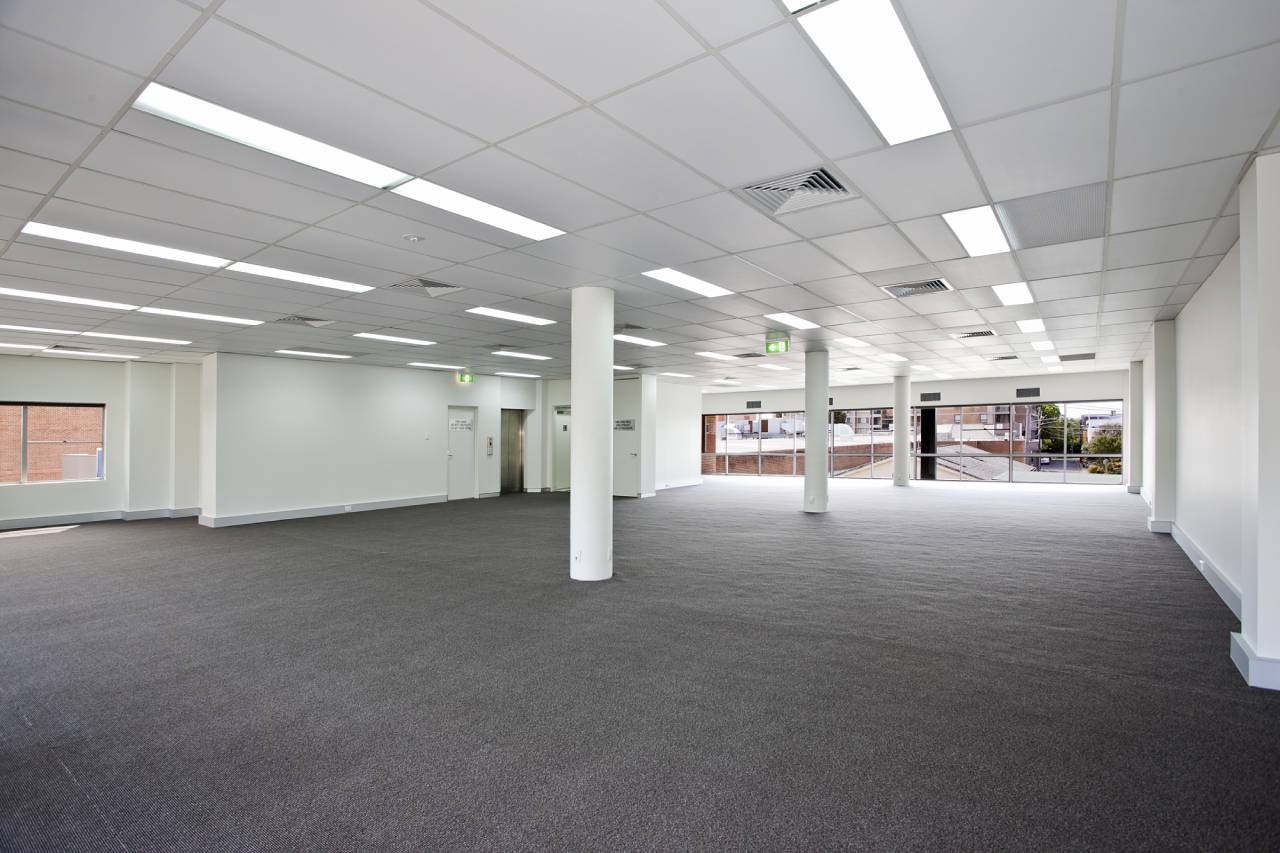
There are various materials and products in the market in use for insulation. These materials vary in terms of costs, availability, ease of installation, and best applications. They also have different insulation values in that some provide better insulation than others. Below, see what these different materials are and read a little bit about each.
Mineral wool
Mineral wool is one of the most common types of insulation out there. It’s made of materials such as rock wool or slag wool. Much of the mineral wool is composed of recycled materials collected from industrial processes. Once processed, mineral wool is sold as pre-cut batts, loose fill, and rolls. Mineral wool is great for insulating attics, ceilings, floors, and walls.
Cellulose insulation
Cellulose is another common type of insulation material in the market. It is manufactured using waste recycled paper that has been turned into small fibers. The fibers are then treated to prevent damage from pests, moisture, and even fire. Cellulose insulation is mostly available as loose fill. It is ideal for floors and hard-to=reach areas such as attics.
Fiberglas insulation
Fiberglass, too, is a very widely used insulation material. Fiberglass is mostly comprised of glass that has been turned into small fibers. It is often mixed in with plastic and other recycled materials. It offers great heat retention and is used in almost any residential and commercial space. In the market you can find fiberglass insulation sold as batts and rolls.
Other insulation materials
Although the above three are the most used insulation materials, there are many other alternatives in the market. They include:
Foam
Foam is made using plastic products such as polyurethane. It is sold as an insulation material while in different forms. It is available as loose fill, foam sound panels, rolls, and even spray foam for crevices and tiny spaces.
Foil insulation
Foil is used in various applications as a reflective insulation material. It helps to reflect heat away thereby helping with cooling. It is mostly used in conjunction with other insulation materials such as rolls and batts. A common application for foil is warehouses and factories.
Hemp
Industrial hemp is widely used in construction (and the textile industry). Hemp insulation, though not very common, fares quite well in comparison with other materials in the market. It’s natural, treated, but might cost a little more than other manmade alternatives.
Cotton
Cotton is used as insulation too. It is yet another natural insulation alternative. Once processed, it is treated to protect it against damage from moisture, mold or fire. It is often mixed with plastic fibers and sold in batts.
Some lesser-known insulation materials
Straw and sheep’s wool are also possible insulation options for environmentally-conscious clients looking for all-natural materials. Their insulation values often depend on preparation but they do perform quite well if packed in sufficient thickness. They are often sold as batts.
As you can see, options are abundant for your commercial or residential property. Acoustical Tile Ceiling Los Angeles can help you find the right product after weighing in costs and durability. We can also guide you on whether to install loose fill insulation, batts, or rolls based on our experience installing these different options on walls, floors, attics, and ceilings.